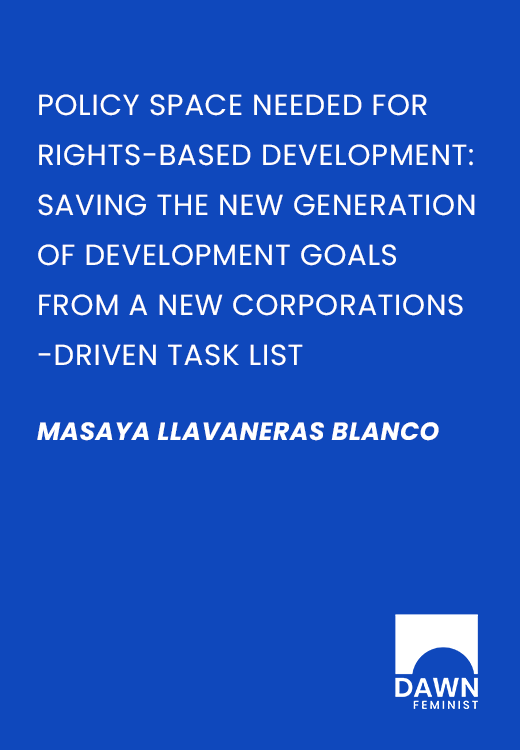“A blueprint to achieve a better and more sustainable future for all people and the world by 2030.”
Visit the UN SDGs official website
The Sustainable Development Goals (SDGs) are a collection of 17 interlinked Global Goals adopted in 2015 by the United Nations General Assembly (UNGA), and are intended to be achieved by 2030. They are included in an UNGA Resolution called the 2030 Agenda for Sustainable Development (colloquially known as Agenda 2030). The SDGs were developed in the Post-2015 Development Agenda as the future global development framework to succeed the Millennium Development Goals which ended in 2015.
The 17 SDGs are: No Poverty; Zero Hunger; Good Health and Well-Being; Quality Education; Gender Equality; Clean Water and Sanitation; Affordable and Clean Energy; Decent Work and Economic Growth; Industry, Innovation and Infrastructure; Reduced Inequality; Sustainable Cities and Communities; Responsible Consumption and Production; Climate Action; Life below Water; Life on Land; Peace, Justice and Strong Institutions; Partnerships for the Goals.
Though the goals are broad and interdependent, on 6 July 2017, two years after their adoption, the SDGs were made more “actionable” by a UN Resolution adopted by the General Assembly. The resolution identifies specific targets for each goal, along with indicators used to measure progress toward each. The year by which each target is meant to be achieved lies between 2020 and 2030. Some targets do not have an end date specified.
To facilitate monitoring, a variety of tools exist to track and visualise progress towards these goals. Such tools ensure that data on SDGs is available and easily understood. For example, the online publication SDG Tracker, launched in June 2018, presents available data across all indicators.
There were serious impacts and implications of the COVID-19 pandemic on all 17 SDGs in the year 2020.
(Based on the Wikipedia entry on SDGs.)

